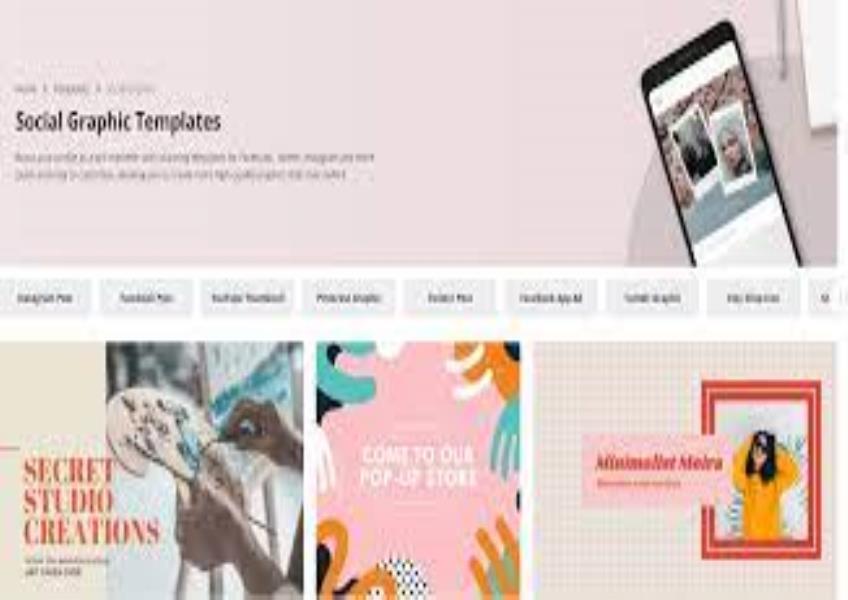Get the latest updates From BL Soni College Bhilwara

How can graphic design be used to create visually appealing social media graphics for events?
Creating visually appealing social media graphics for events involves a combination of design principles, creativity, and an understanding of the event's goals and target audience. Here are some steps and tips to help you use graphic design effectively for this purpose: Understand the Event: Start by gathering information about the event, such as its theme, purpose, date, time, and location. Understanding the event's key details will help you design graphics that accurately represent it. Know Your Audience: Consider the demographics and interests of the target audience for the event. Tailor your design to resonate with this specific group, using colors, imagery, and messaging that will appeal to them. Select a Color Palette: Choose a color scheme that aligns with the event's theme or branding. Consistency in color choices will make the graphics look more cohesive and professional. Tools like Adobe Color Wheel can help you create harmonious color palettes. Typography: Select fonts that are easy to read and match the event's tone. Use a combination of fonts for headlines and body text to create hierarchy and visual interest. Ensure that the text is legible, even at smaller sizes. Visual Elements: Imagery: Use high-quality images that are relevant to the event. Consider incorporating photos of previous events or related visuals. Icons and Illustrations: Include icons or illustrations that enhance the message or convey specific information, such as date, time, or venue. Layout and Composition: Arrange elements in a visually pleasing way. Utilize grids or guidelines to maintain alignment and balance. Keep the most important information prominently displayed. Branding: If the event has a logo or branding guidelines, make sure to incorporate them into your design. Consistency with the event's branding reinforces its identity. Simplicity: Avoid clutter. Keep your design clean and uncluttered to ensure that the main message and visuals are the focus. Hierarchy: Use visual hierarchy to guide the viewer's attention. Important information should stand out through size, color, or placement. Contrast: Create contrast between elements to make them pop. This can be achieved through contrasting colors, font weights, or sizes. Call to Action (CTA): If the graphic is meant to drive action (e.g., RSVP, buy tickets), include a clear and compelling CTA that tells the viewer what to do next. Optimize for Social Media: Ensure your graphics are formatted for various social media platforms. Each platform may have different size requirements, so adapt your designs accordingly. Test Responsiveness: Make sure your graphics look good on both desktop and mobile devices. Check how they appear on different screen sizes and orientations. Feedback: Get feedback from others, especially if possible attendees or event organizers, to ensure that the graphics effectively convey the event's message and appeal to the target audience. Use Design Software: Design tools like Adobe Photoshop, Adobe Illustrator, Canva, or even online platforms like Crello or Snappa can be helpful in creating professional graphics. Consistency: Maintain a consistent visual style across all event-related graphics to reinforce brand recognition and coherence. Schedule and Post: Plan when and where to post your graphics on social media. Timing can impact their visibility. Remember that creating visually appealing social media graphics is an iterative process. You may need to refine your designs based on feedback and analytics to ensure they effectively engage the audience and promote the event.


